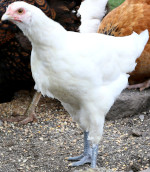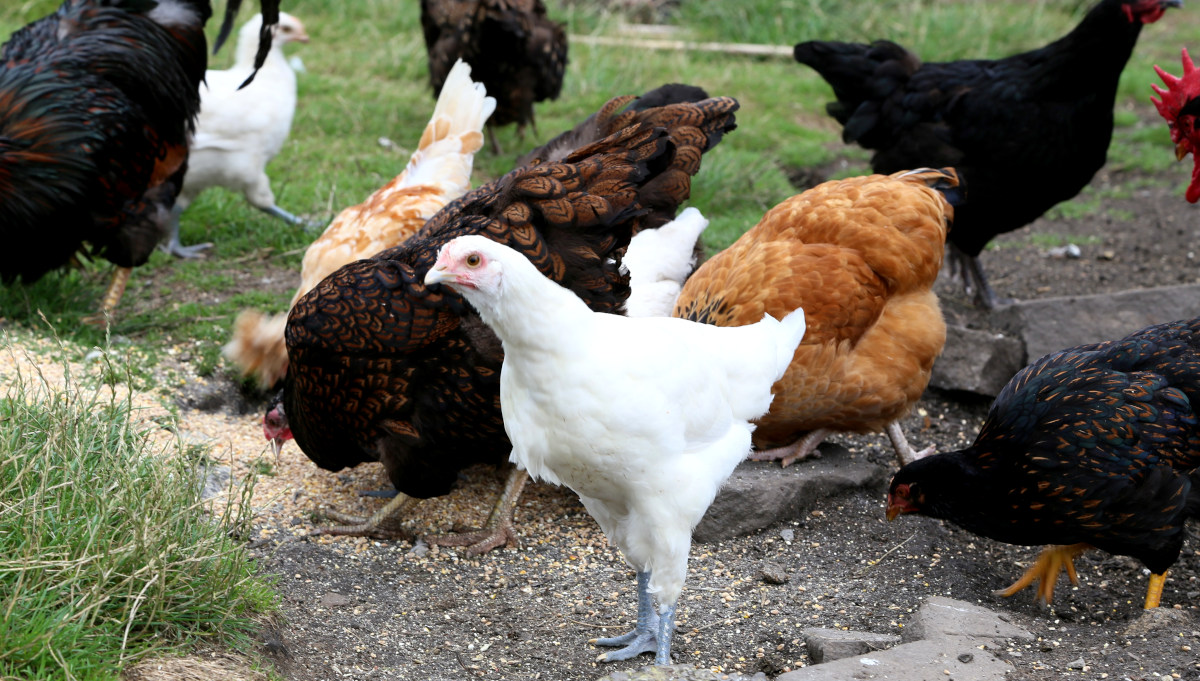The versatility and benefits of dual purpose chickens
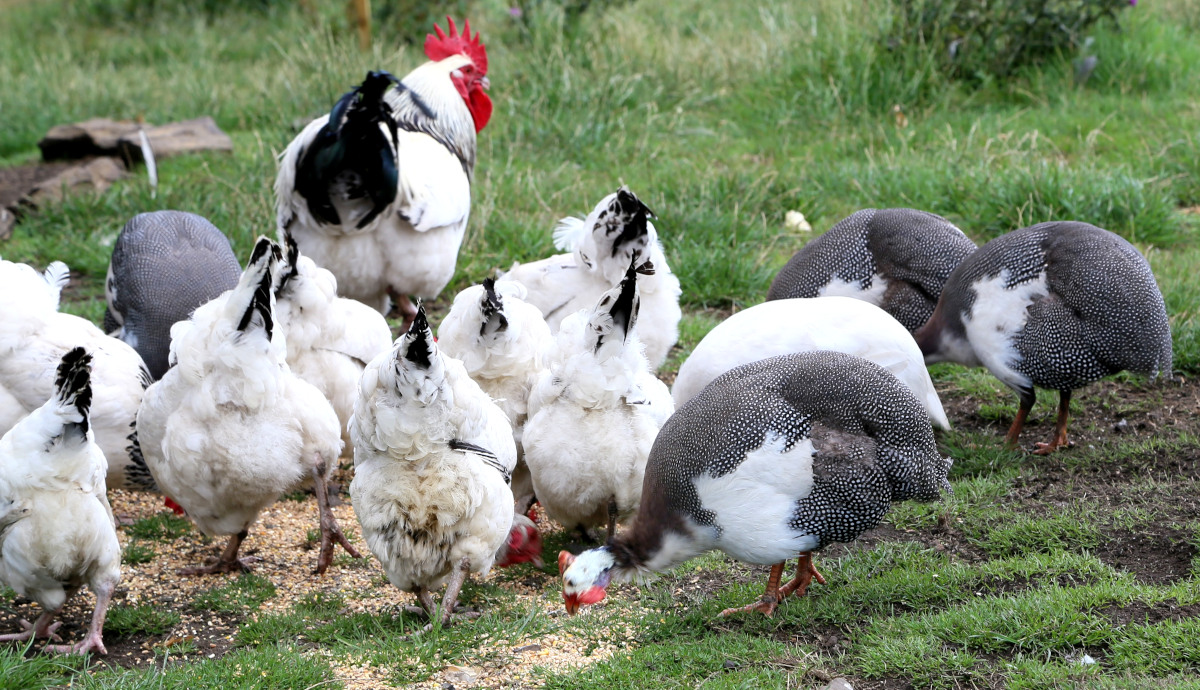
I keep both dual purpose chickens as well as broilers and they are very different. Every year I raise between 80 and 100 surplus cockerels for meat. They are fattened in the Summer and batch processed in the Fall as they become ready.
Table of Contents
- What are Dual Purpose Chickens?
- What makes a good dual purpose chicken?
- What are the benefits of raising dual purpose chickens?
- Popular dual purpose chicken breeds:
- Frequently Asked Questions about dual purpose chickens:
- Caring for dual purpose chickens:
- Top tips for selecting and keeping utility chickens:
Chickens have been an important part of agriculture for centuries and heritage dual purpose chickens are becoming increasingly popular in the world of backyard poultry farming.
They are a valuable source of protein, eggs, and fertiliser but it is only in the last 100 or so years that chickens have become specialised.
Not all chickens are created equal and some breeds are better suited for meat production, while others are more prolific egg layers.
Below: Some of my flock of dual purpose Marans, I keep the hens for eggs and fatten around 80% of the cockerels for meat.
That's where dual-purpose chickens come in. These versatile birds are prised for their ability to provide both meat and eggs, making them a valuable addition to any backyard flock.
What are Dual Purpose Chickens?
A dual-purpose chicken is a breed of chicken that is raised for both meat and egg production and are sometimes also called utility fowl.
Dual purpose or utility chickens are usually larger and heavier than those bred solely for egg production, but they are not as heavy as chickens bred for meat production.
Dual-purpose chickens are typically hardy and able to withstand a variety of climates, and they are often allowed to live longer than chickens raised solely for meat, as they continue to lay eggs for an extended period of time.
Below: A comparison of the meat you get from dual purpose chickens and broilers.
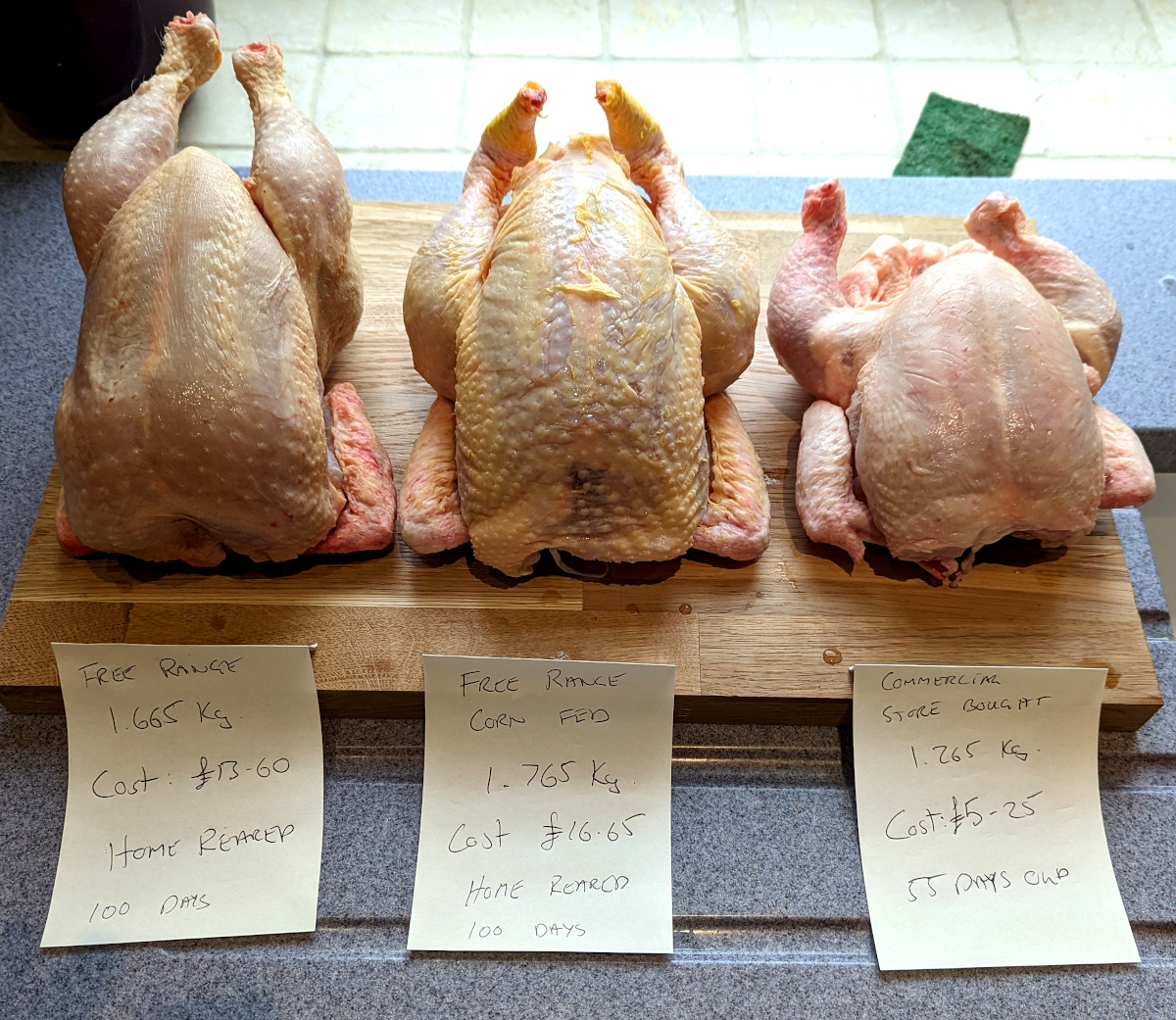
Dual-purpose chickens can be used for both meat and eggs but they may not be as efficient at either purpose as a breed specialised for one or the other.
For small-scale farming and backyard flocks, dual-purpose chickens can be a good choice as they can provide both meat and eggs, making them a versatile addition to a homestead.
What makes a good dual purpose chicken?
A good dual purpose or utility chicken will produce both good numbers of large eggs and a well covered and meaty carcass after processing.
While you can eat the meat from both heritage egg laying breeds like the Leghorn and modern hybrids like the Cinnamon queen they contain very little meat and what there is will be tough.
Below: The comparison of the amount of meat you get from and egg layer and a meat chicken.
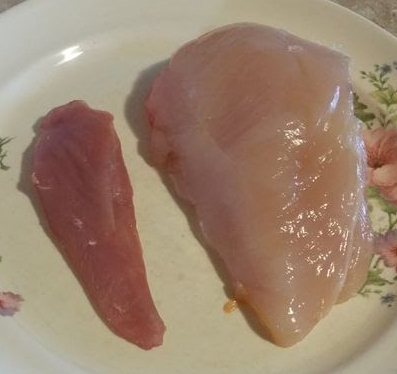
The ability to produce a large quantity of flavoursome meat as well as a steady supply of eggs is a key characteristic of the dual purpose fowl.
What are the benefits of raising dual purpose chickens?
The many benefits of raising dual-purpose chickens include:
- Space saving: You will not need separate coop to rear specialist meat birds in,
- Cost-Effective: You don't have to keep a separate flock and equipment specially for meat birds,
- Easier to keep: Dual purpose chickens don't need special feed or conditions.
- Utility: You get both meat and eggs,
- Sustainable: The birds are raised on your own land and you do not have to be reliant on commercial hatchery and availability.
- Hardy: Dual purpose chickens are hardier than meat birds and need less care.
Another really big advantage is you have your own flock of chickens and are not reliant on commercial producers or having a flock of chickens that you can not breed yourself.
Dual purpose birds are slower growing and do not suffer the same heart problems and skeletal malformations that often afflict broilers.
Popular dual purpose chicken breeds:
Examples of most common dual purpose or utility chicken breeds include the Rhode Island Red, the Plymouth Rock, the Sussex, the Orpington, the Marans, the Wyandotte and the Brahma.
The biggest dual purpose chicken is the Jersey Giant but it can be fully 18 months before they are ready fro processing.
Below: Wyandottes are a classic dual purpose chicken.
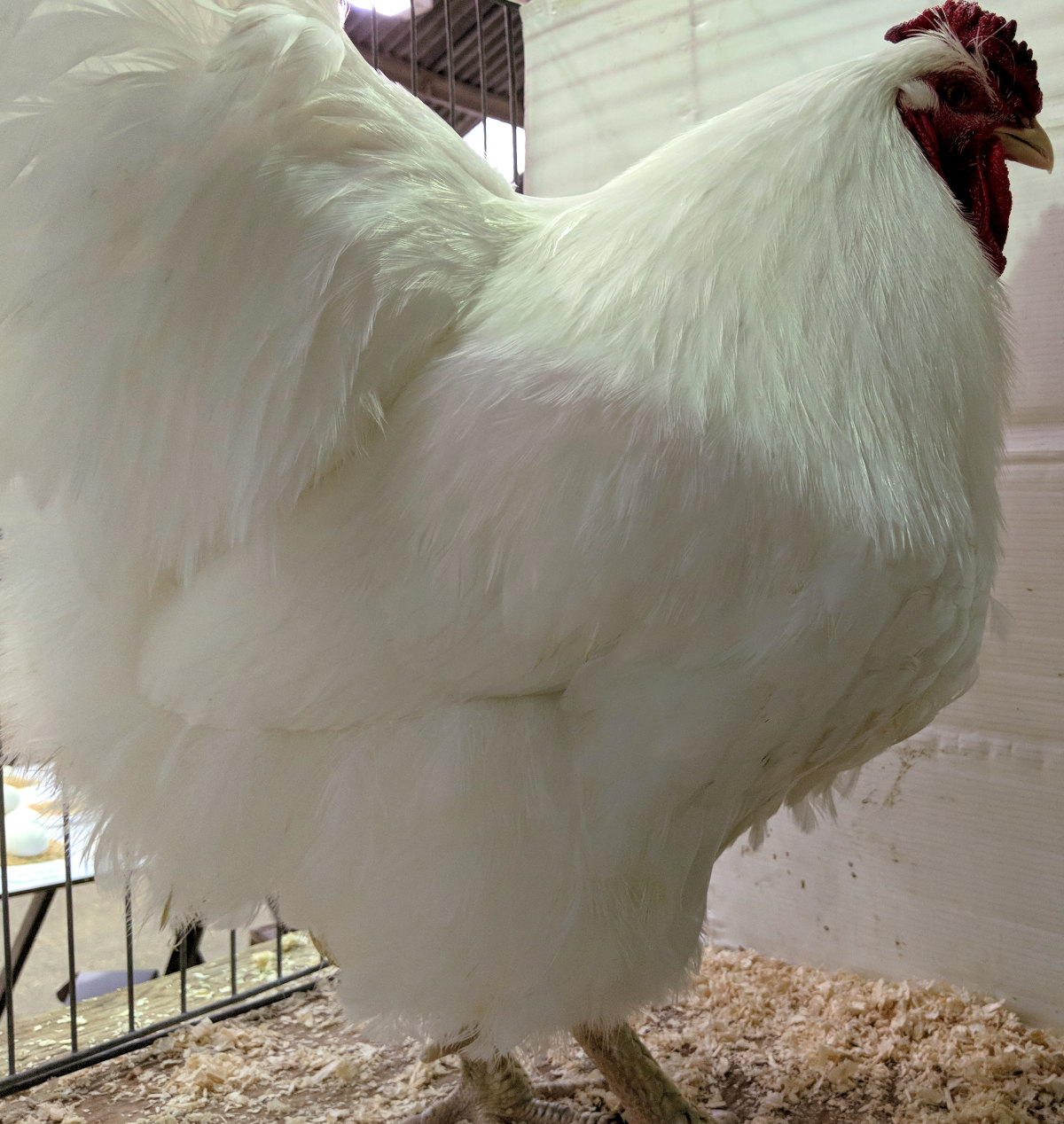
I have raised Sussex, Barnevelders, Marans and Orpingtons as dual purpose fowl over the years and they all have their good and bad points.
Frequently Asked Questions about dual purpose chickens:
- Can Dual Purpose Chickens be raised in urban areas? Where you are allowed to raise chickens depends on your local laws and zoning. You would likely be limited to 6 or 12 birds and no cockerels.
- Do Dual Purpose Chickens require different care than other chickens? Dual purpose chickens need the same conditions as any other chickens and need no special care.
- How long do Dual Purpose Chickens live? Dual purpose chickens have a natural lifespan of 8 to 12 years but are normally processed for meat between 6 and 9 months of age.
- Are Dual Purpose Chickens good for beginners? Dual purpose chickens are good for beginners, they are easy to keep and hardy friendly birds.
Caring for dual purpose chickens:
Feeding dual purpose chickens is much easier and cheaper than the specialist diet that broilers require. Dual purpose fowl are hardy and happy to free range, helping to keep feed costs down.
Treats can be a wide variety of fruits, seeds, sprouts and kitchen scraps without having the same worries you would while feeding broilers.
Housing, coop and nesting box requirements are the same as for laying hens so you do not need any special coops or arks.
Keeping dual purpose chickens healthy is much easier, the do not have the same health issues as broilers and fast growing meat chickens.
Top tips for selecting and keeping utility chickens:
Dual purpose chickens are a valuable addition to any backyard flock.
Here are some tips to help you care for your utility chickens:
Provide a suitable living environment: Chickens need a safe and comfortable place to live. This means a coop that is well-ventilated, dry, and predator-proof. The coop should also be spacious enough to allow each chicken to have at least 3-4 square feet of space.
Feed them a nutritious diet: Chickens need a balanced diet that includes a variety of nutrients to keep them healthy and productive. A good quality commercial feed is a good start, but supplementing with kitchen scraps, garden greens, and protein sources like meal-worms can help keep your birds healthy and happy.
Give them access to two sources of fresh water: Chickens need a constant supply of clean, fresh water to stay healthy. Make sure to provide a clean water source that is easily accessible to your birds.
Keep them safe from predators: Chickens are vulnerable to a variety of predators, including raccoons, foxes, and hawks. Make sure your coop and run are securely fenced and covered to prevent predators from getting in.
Keep their living area clean: Regularly cleaning out the coop and run can help prevent the buildup of harmful bacteria and parasites and keep flock stress down. Replace dirty bedding with fresh bedding as needed and make sure to keep the area around the coop clean as well.
Monitor their health: Keep an eye on your chickens for any signs of illness or injury. If you notice any problems, consult a veterinarian or poultry expert for advice.
Provide enrichment: Chickens are intelligent animals and benefit from having things to do. Providing them with things like perches, dust bathing areas, and toys can help keep them stimulated and prevent boredom.
They are versatile birds that can provide both meat and eggs, making them a cost-effective and space-saving choice for those looking to raise their own food. With a little research and some basic care, you can enjoy the benefits of raising these amazing birds.
